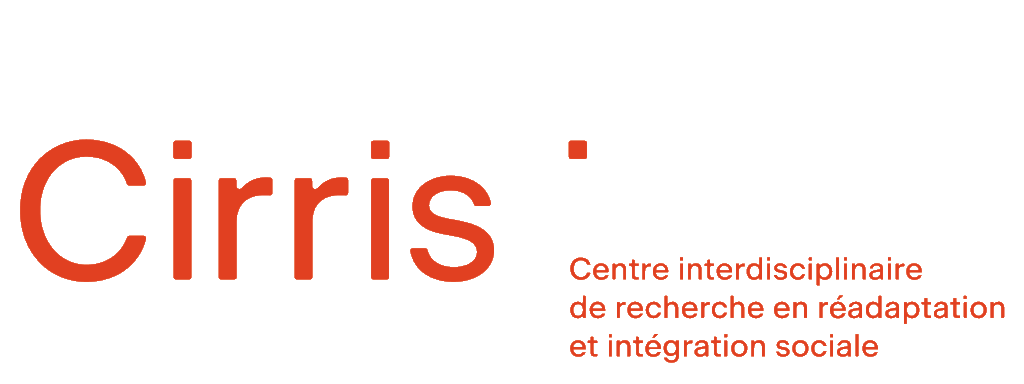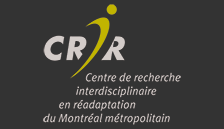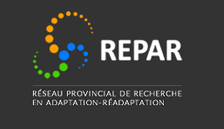How can we retain knowledge through the transfer of skills and data ?
Rebecca Ataman, PhD candidate, McGill university
This video describes how to plan, execute and verify knowledge translation based on the "Knowledge to Action" (KTA) framework.
Subtitles available
LSQ Version - Quebec sign language
Share





